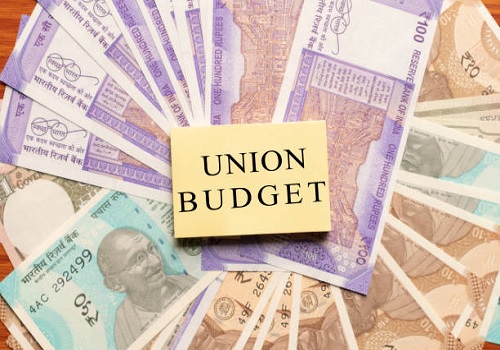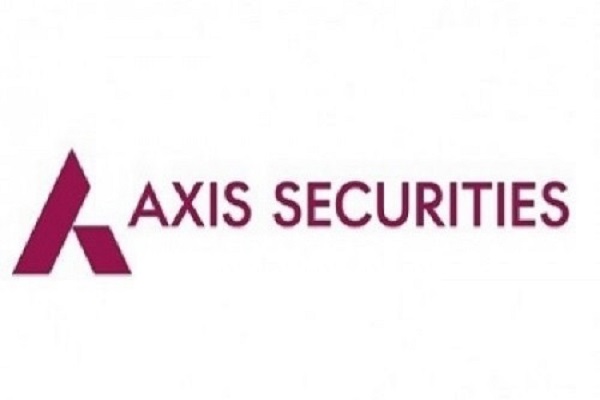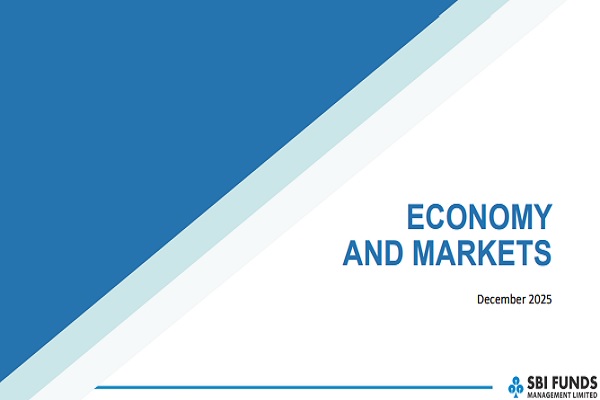Union Budget Review : Big Capex thrust-led consolidation Says Emkay Global Financial Services

* The FY24 budget has ensured that fiscal impulse is maximized to improve potential growth, while signaling adherence to medium-term fiscal sustainability. The focus on better resource allocation and sectoral reforms has continued, even as policymakers face a stiff global macro climate, which has had adverse impact on the twin deficit in FY23. Push for a transparent tax regime is likely to continue ahead. The need for revenue mobilization – on both, the taxes front and asset monetization – will be key to fiscal consolidation and, yet, keep the capex thrust intact.
* The Budget math seems largely in line. FY24 GFD/GDP at 5.9% corrects from 6.4% in FY23. Tax revenue growth is assumed to be largely in line with nominal GDP growth and the robust tax/GDP at 11.1%, akin to FY23, while tax buoyancy has been taken at 1x vs. 0.8x in FY23RE. This may mildly undershoot if growth momentum weakens, given the non-linear relationship between economic activity and taxes.
* The capex thrust is robust at 3.3% of GDP (double of pre-Covid period), to help crowd-in the missing private sector. Including IEBR ex-FCI, the ratio is a huge 4.5% vs 3.9% prior, even as IEBR* contribution falls to 1.1% of GDP (vs 1.3% prior). Centre’s capex is expected to grow 37% (25% incl. IEBR*) vs 23% (7%) in FY23RE. Capex support to states continues, while railways gets a disproportionate share of increased govt capex. But including IEBR amounts, railway capex is, relatively, modestly up (15% YoY).
* FY24 Revex/GDP at 11.6% is now close to the pre-Covid period ratio. The focus continues on rural, education and healthcare, while the subsidy bill will come down in FY24 after a sharp rise in FY23, even as interest bills further soar.
* FY24 Net/Gross G-Sec borrowing remains elevated at Rs11.8tn/Rs15.4tn, implying that net G-Sec loans will fund 66% of the fiscal deficit. Reliance on NSSF funding remains high at 26.8% of FD (25% FY23RE).
* Capex thrust, mild consumption support and no negative surprises on the taxation front should broadly support equities. Key budget-led sectoral beneficiaries: Cap goods, Infra, Cement, Banking, Tourism stocks, Consumer. That said, valuation normalization may continue in CY23.
Budget manages well, the persisting policy trade-off between growth and fiscal consolidation
The FY24 budget faced the dilemma of acute policy trade-offs between managing patchy growth and diminishing fiscal space, given challenging debt dynamics. However, policymakers have ensured that fiscal impulse is maximized to boost potential growth, even as adherence to medium-term fiscal sustainability is signaled. They have ensured: (1) the expenditure-to-GDP ratio remains healthy; and (2) front-loaded investment-led stimulus, especially amid its larger multiplier effect on growth and employment. Besides, a mild consumption boost, especially to the lower strata of the economy, is also a welcome spur. The broad narrative of efficient resource allocation remains an underlying budgetary theme, along with the push for a transparent tax regime
FY24 GFD/GDP to consolidate at 5.9%, after 6.4% in FY23; revenue assumptions not overly optimistic
Tax revenue growth is assumed to be largely in line with nominal GDP growth, while gross tax/GDP is assumed to be robust at 11.1%, similar to FY23, and tax buoyancy has been taken at 1x vs. 0.8x in FY23RE. This may mildly undershoot if growth momentum weakens, given the non-linear relationship between economic activity and taxes. However, it is unlikely to fundamentally upset the budget math, even if we assume a lower buoyancy and lower nominal GDP. The Budget assumes revenue foregone of Rs350bn from various direct and indirect tax rationalization measures. The disinvestment target of Rs610bn seems largely moving the goalpost.
Government capex/GDP surges to 3.3% in FY24; Centre more than compensates for lower IEBR/GDP
The spending mix focus has favored capex (37% YoY vs 23% prior) over revex (1.2% YoY vs 8.1% prior). FY24 capex/expenditure at 22% (12% pre-Covid) is at a record high. Including IEBR ex-FCI, capex growth is at 25.1% vs 6.8% in FY23RE. IEBR ex-FCI share in combined capex has fallen to 1.1% of GDP, suggestive of possibly absorptive capacity constraints. However, the Centre has more than picked up the slack this time, with combined capex at a massive 4.5% of GDP. We will watch for state capex – which is seen lagging in recent years – to gauge the combined thrust. Meanwhile, Revex (net of subsidies+ interest) has been notably compressed. Revex/expenditure is now at a low of 78%. MNREGA allocation has fallen, while agri+rural allocation is stable. The subsidy/GDP will further come down to 1.3% in FY24
Net market borrowings to fund 66% of fiscal deficit; NSSF reliance continues
FY24 Net/Gross borrowing remains elevated at Rs11.8tn/Rs15.4tn. As we expected, the repayment of Covid loans for GST compensation through compensation cess reduced the redemption pressure, by Rs781bn in FY24. The Budget did not talk about a possible switch of FY24 papers owned by the RBI (~Rs400bn) which could further reduce total redemption pressures. Dependence on NSSF remains high at 26.8% of fiscal deficit, higher than the 25.2% in FY23RE at 37% (~1.8% a decade ago). It needs to be seen if NSSF – which has benefitted from the budgetary incentives – holds up as expected, with bank savings rates catching up.
To Read Complete Report & Disclaimer Click Here
For More Emkay Global Financial Services Ltd Disclaimer http://www.emkayglobal.com/Uploads/disclaimer.pdf & SEBI Registration number is INH000000354
Above views are of the author and not of the website kindly read disclaimer
















